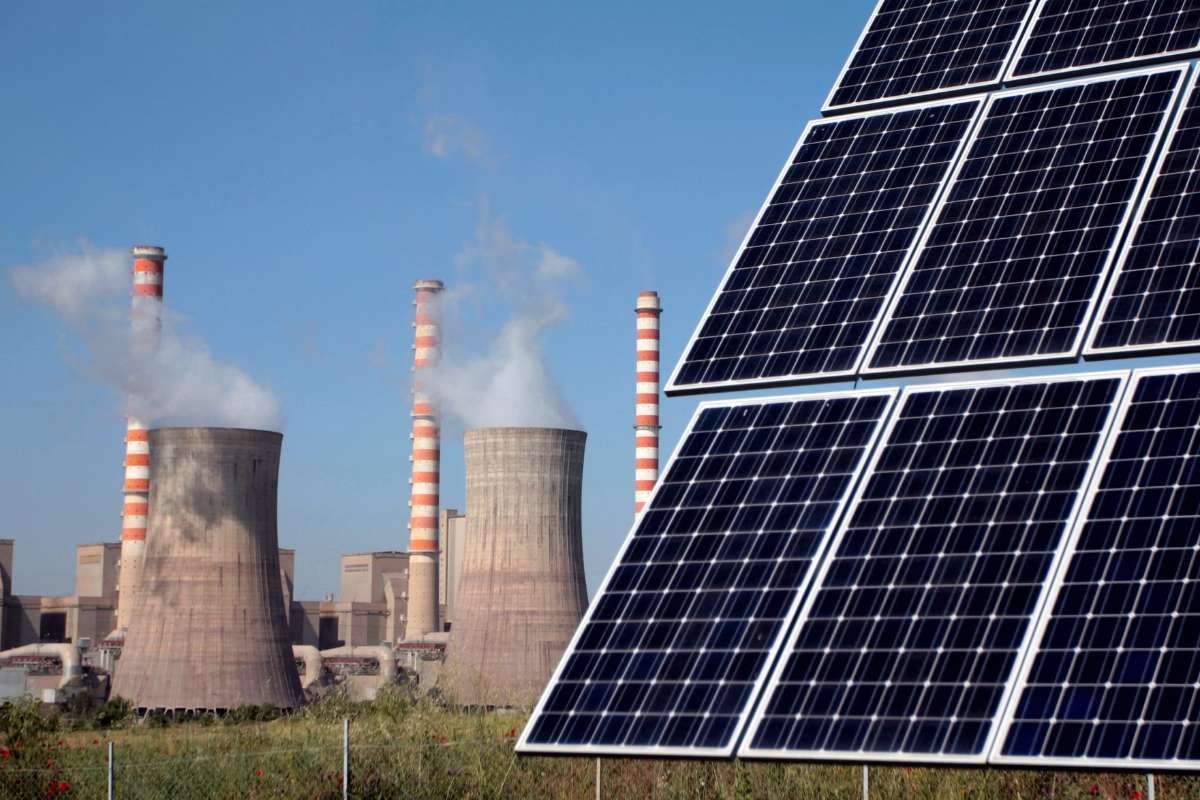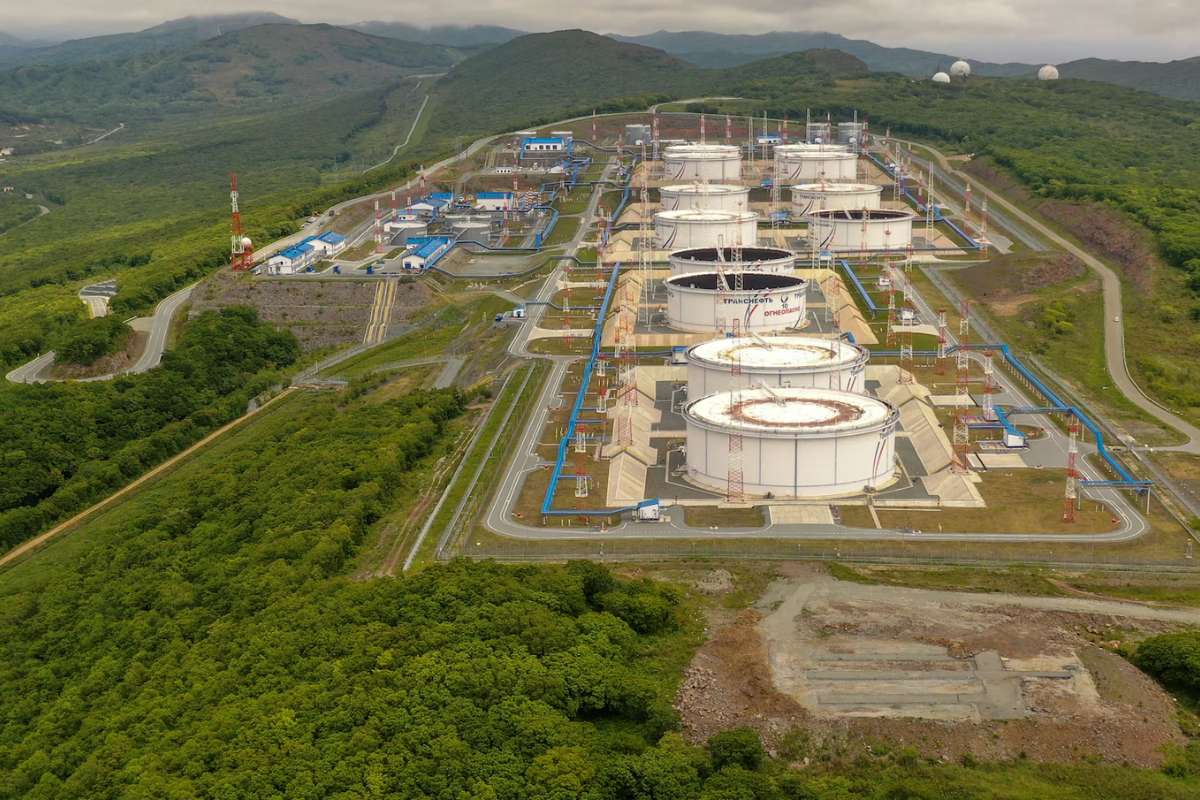For the first time, renewable energy sources have produced more electricity worldwide than coal, marking a milestone in the global transition toward cleaner energy. The shift occurred during the first half of 2025, according to data released by energy think tank Ember.
The analysis showed that solar and wind power together outpaced growth in global electricity demand, resulting in a slight but meaningful decline in fossil fuel generation compared with the same period in 2024.
“We are seeing the first signs of a crucial turning point,” Ember electricity analyst Malgorzata Wiatros-Motyka said. “Solar and wind are now growing fast enough to not only meet the world’s rising appetite for electricity, but to begin to replace fossil fuels.”
Renewable energy source expansion gaining speed
The International Energy Agency (IEA) recently forecast that global clean energy capacity could double by 2030. It estimates an increase of about 4,600 gigawatts in renewable generation over the next five years—roughly equivalent to the current total electricity output of China, the European Union, and Japan combined.
Fatih Birol, executive director of the IEA, said that solar photovoltaic technology, which converts sunlight into electricity, will make up nearly 80% of this expansion. “Solar power is growing rapidly not only in established markets but also in countries such as Saudi Arabia, Pakistan, and across Southeast Asia,” Birol said.
This acceleration has been fueled by falling technology costs, government incentives, and the growing urgency to reduce greenhouse gas emissions. Developing economies, in particular, are adding renewable capacity faster than fossil fuel power plants.
Uneven progress across regions
Despite the overall growth, progress remains uneven across regions. Ember’s report found that renewable generation surpassed coal in both China and India—the two largest consumers of coal-fired power. However, the United States and parts of Europe experienced a different trend.
In the US, a surge in electricity demand from artificial intelligence and data centers led to greater reliance on coal and natural gas, despite new renewable energy source capacity. In the European Union, weaker wind and hydroelectric output resulted in increased fossil fuel use to meet demand.
Analysts caution that these fluctuations highlight the challenges of transitioning energy systems to renewables while maintaining stability and affordability. The IEA also warned that rising material costs and policy changes could slow offshore wind development in some regions, including the US and Europe.
Long-term outlook
Experts view the 2025 milestone as a symbolic step toward a lower-carbon future, though more investment and infrastructure are needed to sustain progress. Many countries still depend heavily on fossil fuels, and global electricity demand continues to rise.
“The fact that renewable energy source have overtaken coal is a historic achievement,” Wiatros-Motyka said. “But meeting future demand and reducing emissions will require consistent policy support and faster deployment of clean technologies.”
The findings underscore both the promise and the complexity of the global energy transition. While renewable power is expanding rapidly, maintaining momentum amid economic and industrial pressures remains a central challenge for governments worldwide.












